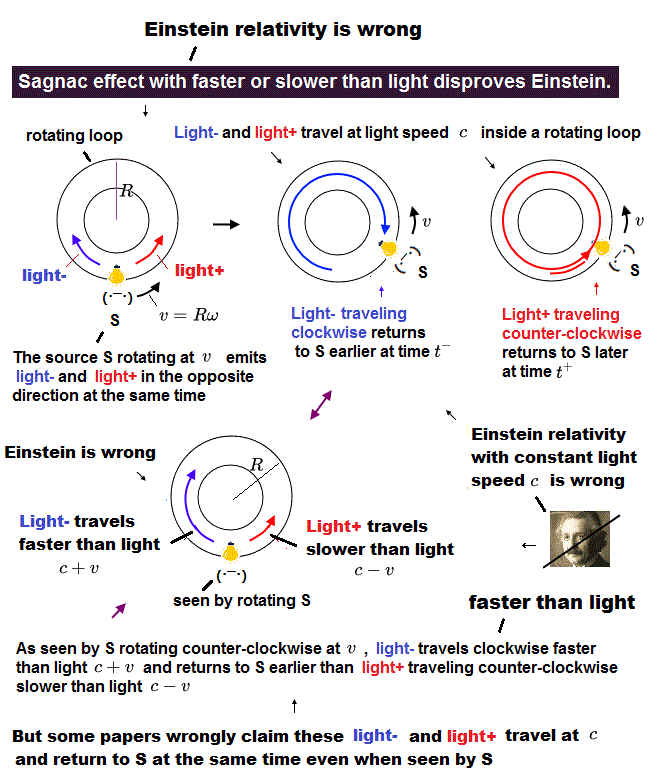
Home page
Sagnac effect disproves Einstein
(Fig.1) A rotating S measuring faster or slower than light disproves Relativity

Textbooks and the media hide the inconvenient truth that Sagnac effect in GPS observing the speed faster or slower than light definitely disproves Einstein relativity based on the constant light speed c irrelevant to observers.
In the upper Fig.1, the light source (+ detector ) S is rotating counter-clockwise at the velocity v = Rω (= R is the radius, ω is the angular velocity of the loop light path rotating with S ).
This S emits light- clockwise and light+ counterclockwise at the same time.
Light- traveling clockwise at the light speed c can return to S at time t- earlier than light+ traveling anticlockwise (= this time difference can be confirmed also by the outside observers ).
↑ As seen by the rotating S, the light- travels faster than light (= c + v ), and light+ travels slower than light (= c - v ), which clearly disproves Einstein relativity based on the constant light speed c observed.
But some papers wrongly claim both these light- and light+ may return to S at the same time by traveling at light speed c as seen by S (= so Einstein relativity is right ? No. ), which claim clearly contradicts the experimental observation.
(Fig.2) Two lights in the opposite directions return to S at different times.
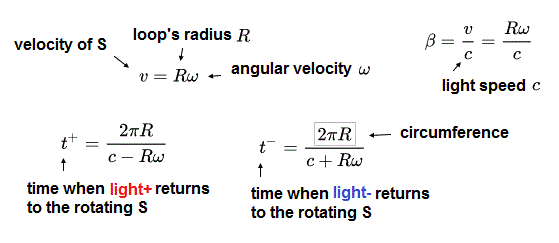
As shown in this-p.2-p.3, light+ traveling counter-clockwise (= in the same direction as the rotating loop or S ) took more time (= t+ ) than light- traveling clockwise (= t- )
(Fig.3) The rotating S observes light- (or light+ ) to travel faster (or slower ) than light.
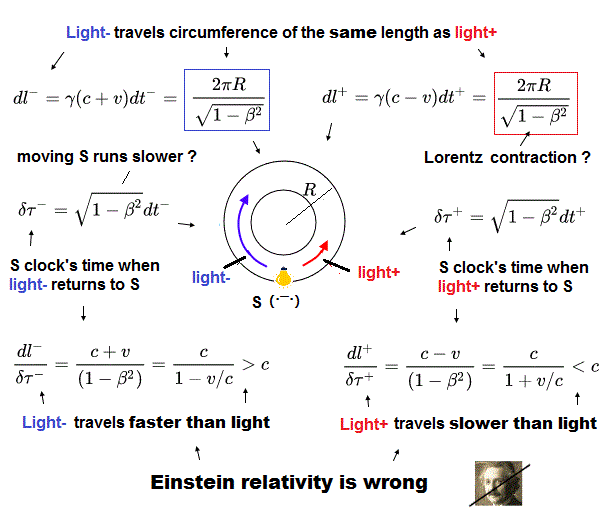
As seen by the rotating S, both light- and light+ travel the same distance ( dl- = dl+ ) of the loop circumference, which may be slightly longer than 2πR due to inverse Lorentz-length contraction (= ignoring Ehrenfest paradoxes here ).
And due to the moving clock S running slightly slower (= ignoring twin paradox here ), light- (or light+ ) returns to S when the rotating S clock time is δτ- (or δτ+ ).
As a result, as seen by the rotating S, light- (or light+ ) travels faster > c (or slower < c ) than light, which clearly disproves Einstein relativity
See this-p.9-(29)(30),p.10-(33)(34), p.11-(36)-(38).
(Fig.4) Wrong papers claim light- clockwise and light+ counter-clockwise return to the rotating S at the same time, which disagrees with the actual observation, so Einstein is false.
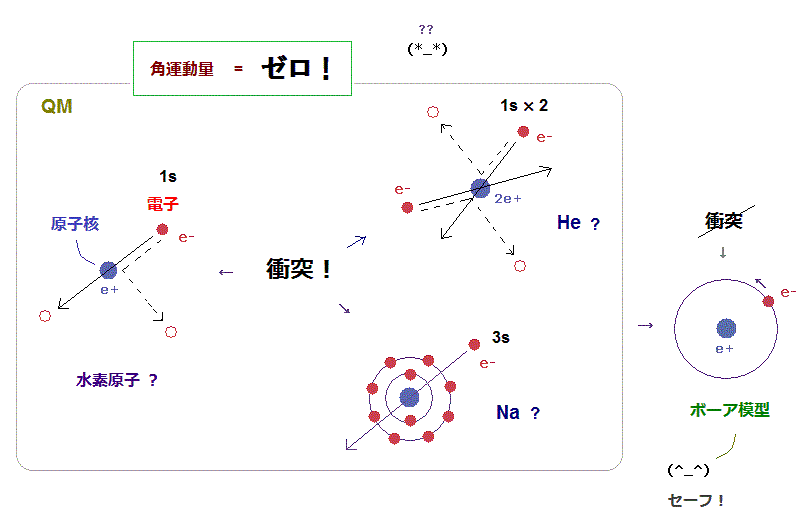
As seen by the rotating S, light- traveling clockwise faster than light and light+ traveling counter-clockwise slower than light return to S at different times (= confirmed by experiments in Sagnac effect ).
↑ This Sagnac effect clearly contradicts Einstein relativity claiming the light speed observed must always be the constant c.
↑ To defend Einstein relativity, these light- and light+ must unrealistically return to S at the same time (= because light- and light+ travel the same circumference of same length as seen by S ), which clearly contradicts experiments.
But some wrong papers using unreal artificial time correction claim these light- and light+ may return to S by traveling at the same constant light speed c, even as seen by the rotating S (= this-p.12-(45)~p.13 ), using 3 different (unreal) parallel-universe clocks. .
(Fig.5) The same S sees three different clock times, as if they were in 3 different parallel universes ? ← Einstein relativity is false.
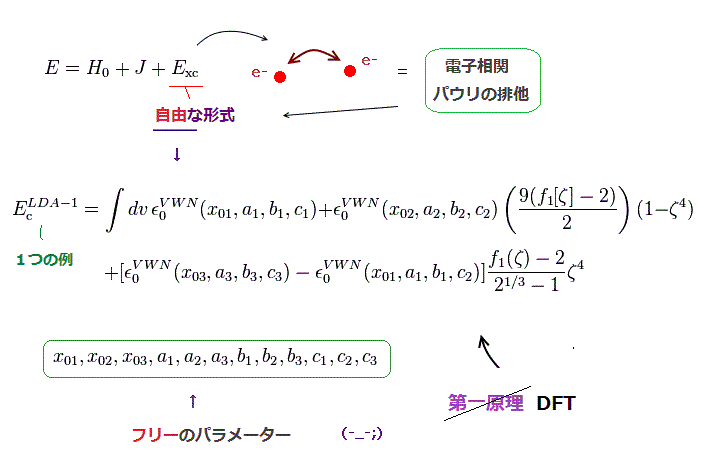
The rotating S clearly measures light- (or light+ ) to travel faster (or slower ) than light, and return to S at different times (= which can be easily confirmed ), which disproves Einstein.
↑ These light- (= dl- ) and light+ (= dl+ ) travel the same-length circumference of the loop ( dl- = dl+ ) to return to the S, as seen by the rotating S.
So if Einstein relativity, which claims the measured light speed must always be the constant c, was right (= never happen ), these light- and light+ must return to S at the same time (= light velocity = the traveling distance/time taken ), which clearly contradicts the actual observation.
But some wrong papers claim these two lights may return to S at the same time (= though these two lights actually return to S at different times ) by using unrealistic time correction.
↑ This wrong paper ↓ -- Wrong simultaneity
p.7-last-paragraph, p.8-(19)(20) uses artificial unreal relations indicating clock times (= x0 = ct where c is light speed, t is the time ) in different places (= P1 and P2 ) in the rotating frame. ← But Sagnac effect uses only one clock of the rotating S (= in one fixed position in the rotating frame ), so this artificial relation comparing different positions (= P1 and P2 ) is meaningless.p.9-(26), p.11-last-paragraph, p.12 uses this unreal relation to claim there may be three different clocks running differently in the same position of the rotating S (= angle dφ = 0, ±2π into the artificial time equation ), as if there were 3 different parallel worlds in the same S position.
p.14-(51) wrongly claims the same initial position (= EA ) having only one clock time paradoxically experiences different clock times by losing (illusory) simultaneity or something.
Sagnac effect using only one clock of the rotating S means perfect synchronization (= due to the use of only one clock ) with No problem of simultaneity, contrary to the wrong paper's claim ( this-p.14 ).
As a result, Sagnac effect measuring speeds faster and slower than light clearly disproves Einstein relativity.

Feel free to link to this site.